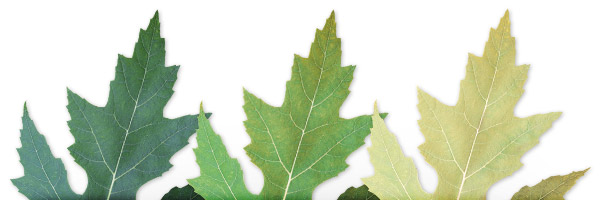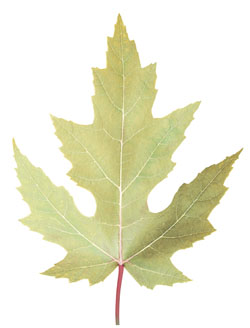Nitrogen deficiency guide
It is important that the balance between nitrate and ammonium is correct in the feeding otherwise the pH in the rhizosphere (environment immediately surrounding the roots) will become too high or too low. Plants with nitrate as their source of nitrogen have a higher organic acid content. This has an influence on the taste and storage life of the harvest among other things.
Nitrate is converted into ammonium in the plant by the nitroreductase enzyme. Ammonium is then assimilated into organic molecules. Nitrogen has a positive influence on the plant’s growth. The plant gets bigger leaves, more branches and the vegetative period is extended.
About nitrogen in short
- What is it and what does it do?
- Nitrogen is a component of enzymes and is therefore involved in all enzyme reactions and plays an active role in the plant’s metabolism.
- What can you see?
- Purple stalks.
- Yellowing leaves.
- Leaves fall of.
- What can you do?
- Raise EC of the feeding or add extra nitrogen.

Symptoms of a deficiency
Stalks will turn purple, quickly followed by larger leaves in the middle and top parts of the plant, leaves will turn more yellow and finally the leaves whither and fall off.
Development of a deficiency
- The plant is a lighter color as a whole.
- Larger leaves in the lower part of the plant turn light green. The leaf stalks of the smaller leaves now also turn purple. Typical vertical purple stripes appear in the stem.
- Leaves in the lower part of the plant turn more yellow and then become white.
- The growth is visibly inhibited giving shorter plants, thinner stems, less leaf formation and smaller leaves.
- Further yellowing and whitening occurs in the top and middle parts of the plant.
- Leaves on growing points remain green longer but they are a lot less green than at normal nitrogen levels.
- Forced flowering starts and there is substantial leaf loss. Substantial reduction in yield.

Reasons for a deficiency
Deficiency can be caused by incorrect feeding or giving feeding that contains insufficient nutrient elements. Substrates that contain a lot of fresh organic material can cause nitrogen deficiency because micro-organisms bind the nitrogen. A lot of nitrogen can be bound, particularly in the first weeks; this is released later but it is generally too late.
Solutions to resolve a deficiency
Raise the EC of the feeding and rinse the substrate well with it.
- Add nitrogen yourself to the feeding solution by using urea, blood meal, semi-liquid manure or by using a special “mono-nutrient’ product.
- Spray the underside of the leaves with a nitrogen solution. This can best be done at the end of the day, just before the lights are turned off. Be careful not to cause burning.